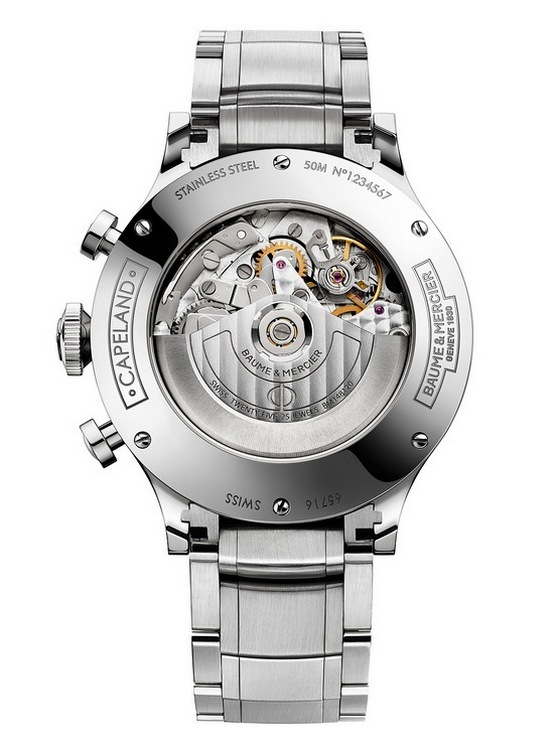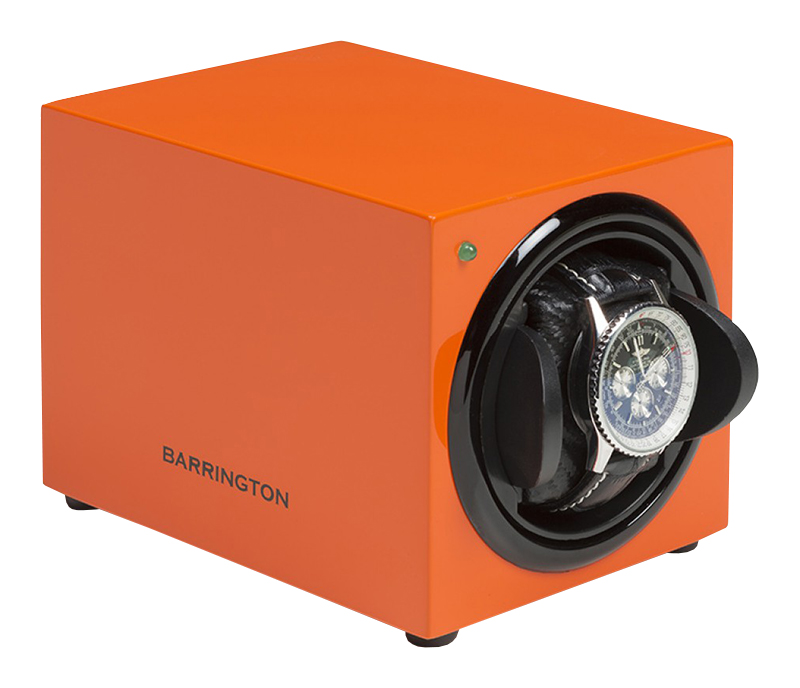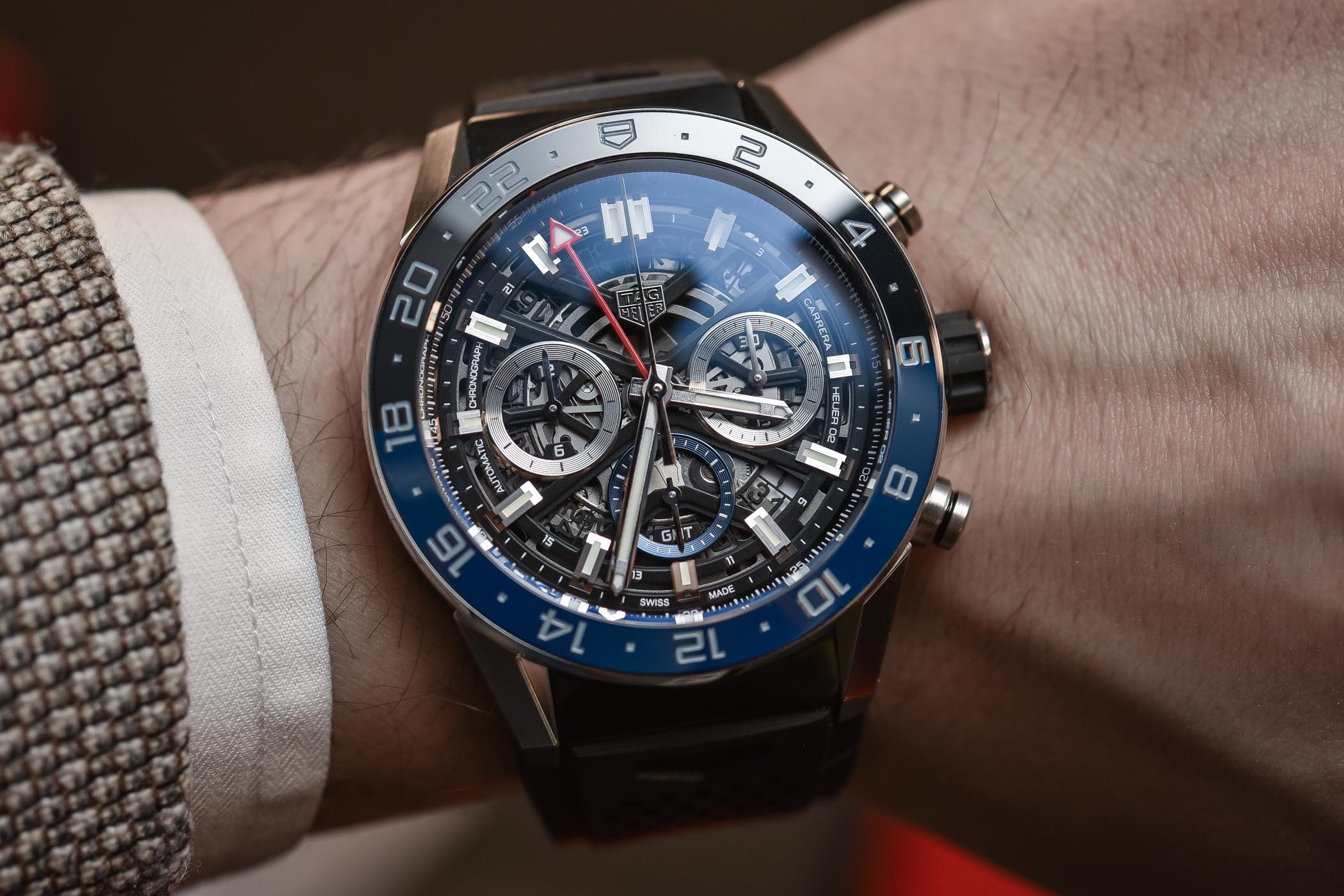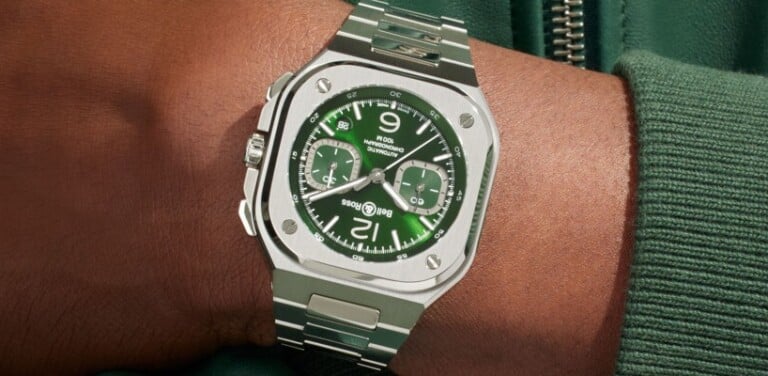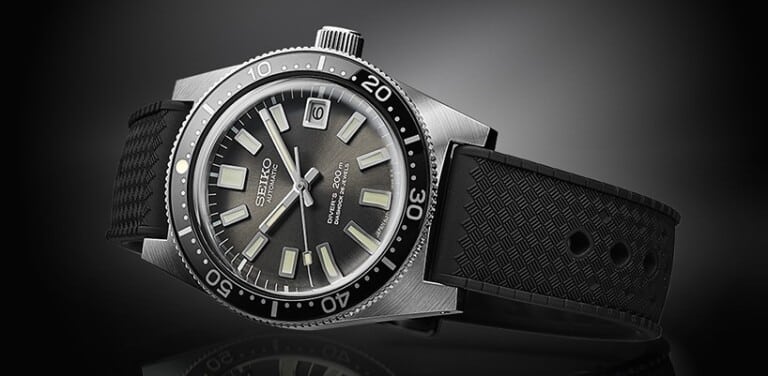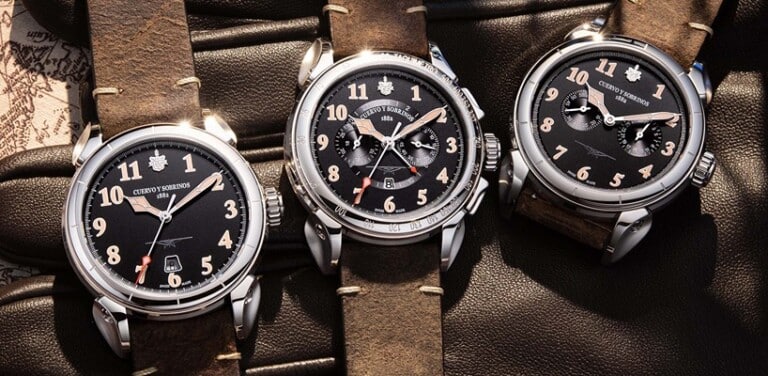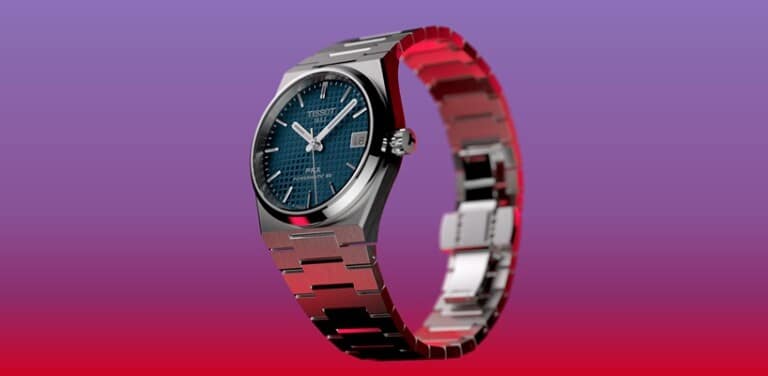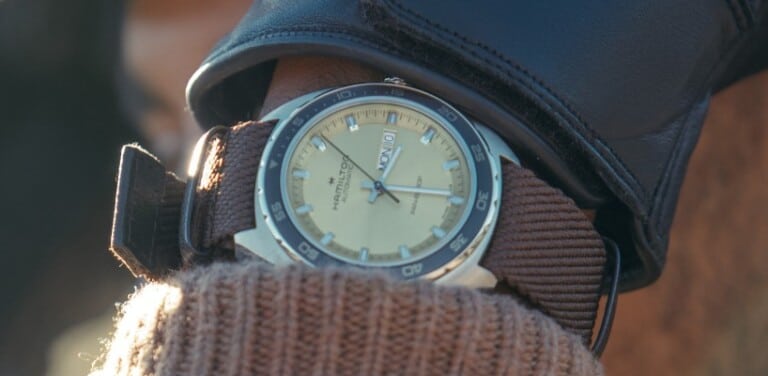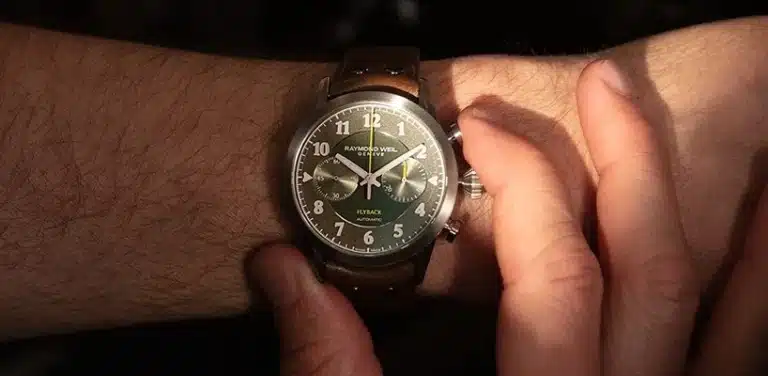Self-winding watches are some of the most popular watches out there at the moment with every luxury watch manufacturer focusing their attention on automatic movements. But what exactly is a self-winding watch and why does everyone want one?
A self-winding watch, also known as an automatic watch, is a mechanical timepiece that is powered by the movement of your wrist. Unlike quartz watches which are powered by a battery, a self-winding watch is powered by the natural motions you make as you go about your day. Like manual-winding watches, most self-winding watches can also be powered by turning the crown.
How does a self-winding watch work?
Rather than being powered by a battery, a self-winding watch makes use of a bunch of tiny, intricate components which must be wound up to power the functions on the dial. One of the key components within an automatic watch is the oscillating rotor, a large semi-circle piece of metal that can often be seen through the exhibition case back. As you move your wrist, the oscillating rotor becomes affected by gravity and begins to spin back and forth within the watch.
The movement of the oscillating rotor begins to wind up the mainspring, a component used to store the energy which powers the watch. Once the mainspring is fully wound it transfers the energy through a series of gear components including a balance wheel and an escapement to power the watch’s functions.
What’s the difference between a self-winding watch and a manual-winding watch?
There are two main types of watches: a quartz watch powered by a battery and a mechanical watch powered by a series of components. Within these two types, there are two subcategories of mechanical watches: self-winding and manual winding.
As we have already explained, a self-winding watch is powered by the movements of your wrist. A manual-winding watch, on the other hand, does not have an oscillating rotor. Instead, this is wound up by manually turning the crown. In the same way that the oscillating rotor in a self-winding watch winds the mainspring, turning the crown also creates the energy to power the watch.
What happens if a self-winding watch runs out of power?
Self-winding watches are great for people who like to wear a watch on a daily basis as this means the watch will constantly be on the move and always full of power. Nevertheless, if you do choose to take your watch off for several days at a time, the watch will eventually run out of power. How long it takes for an automatic watch to run low depends on the power reserve that it has.
If your self-winding watch runs out of power, it can either be restored by turning the crown or by wearing the watch for a few minutes. Sometimes just a brief shake of the watch will get it started again. Once it has been wound sufficiently and the functions begin to work again, you will need to reset the time. It is also possible to purchase automatic watch winders which rotate your watch for you when you are not wearing it.
Why are self-winding watches so popular?
Believe it or not, there was once a time when quartz watches seemed to be the end of mechanical watches once and for all. In the 1970’s there was a huge demand for battery operated watches and many mechanical watch manufacturers struggled to stay afloat. However, in the 1990’s mechanical watches made a comeback with wearer’s recognising the beauty of the craftsmanship that goes into them.
When you think about the complexity and effort that goes into constructing each intricate component within an automatic movement, it’s difficult not to instantly fall in love. Mechanical timepieces also provide an aesthetic that quartz watches cannot. Some automatic watches boast crystal glass case backs and skeletonised dials that allow us to see the intricate components of the movement inside.
